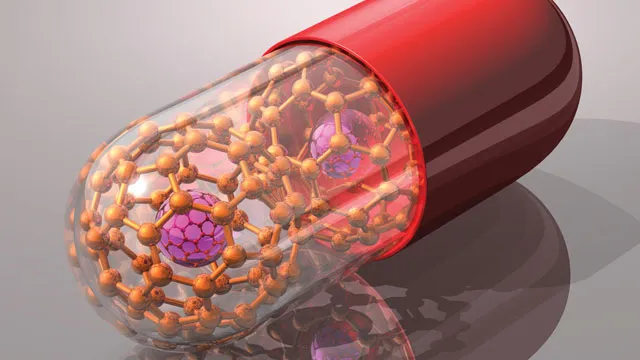An interview with the researcher today at La Vanguardia:
The doctor and researcher Pere Santamaria knows what it is to have a disease autoimmune , in which the immune system attacks by error tissues and organs of the body itself.At fifteen, Miasthenia Gravis was diagnosed.He lost muscle strength and had to leave the water polo for a while.The eyelids fell as they could not contract the musculature that control them.It started to see double.They treated him with immunosuppressants and, in full adolescence, his face swelled to the point of having "an attractive appearance," he recalls.But what struck him most was the suffering of his parents.“I have witnessed what parents live when they have a child with a serious illness;They had worse than me. ”
This explains that, when he discovered a strategy to treat autoimmune diseases, it was proposed to become a drug that can reach patients.I could have sold the rights to a pharmaceutical multinational.But a multinational could invest in the project and then abandon it, as has happened on other occasions .“I am responsible for these drugs to have a chance;I want them to rehearse in patients. ”In one of his last works, he has demonstrated in mice that it is possible to reprogram the immune cells that attack the tissues themselves so that they become protective cells.
How did it occur to you that immune cells could be reprogrammed?
Actually, this was not my goal.In my laboratory we worked in type 1 diabetes, which is an autoimmune disease that progresses for years before causing the first symptoms.We wanted to find out if it was possible to detect the inflammation of the pancreas with magnetic resonance to achieve an early diagnosis of the disease.
Did they detect it?
We devised an experiment with iron nanoparticles equipped with a hook.When immune system lymphocytes bit the hook, they ate the iron, which allowed us to follow them.In this way, if they later attacked the pancreas, we could detect it.But something totally unexpected happened to us.
What happened?
The more lymphocytes they reached the pancreas, the less probable was the mice became diabetic.The normal thing would have been the opposite: the more lymphocytes, more inflammation and the more risk of progressing towards diabetes.
How did he advance from there?
The first temptation was to throw the results in the trash and leave the project.But it bothered me to have results that I did not understand.I turned up until one day I realized that, if I made a series of assumptions, I could explain the results.And I remember that I thought: "If this movie I am riding is true, maybe this is an important discovery."
What movie was riding?
The nanoparticles we had used had a fragment of pancreas cell protein.The objective was that the lymphocytes that attack the pancreas recognized these nanoparticles and could eat them.I told myself that, instead of continuing to attack the pancreas, perhaps the lymphocytes that bit the hook became regulatory lymphocytes, which slow the immune reaction instead of enhancing it.
What logic do you have?
Our immune system defends us as enemies.But, once the enemies have been eliminated, the attack must end.Therefore, self -control systems have been developed throughout the evolution so as not to cause damage.We have discovered that this self -control is based on converting destructive cells in regulatory cells.With the nanoparticles, we would be stimulating this natural process that already exists.
Could it be useful for treating type1 diabetes?
noOnly type 1 diabetes, but any other autoimmune disease.With this strategy, we can identify the necessary proteins to reconvert the lymphocytes that destroy the tissues in lymphocytes that interrupt the attack.
Have you tried if it works?
We have tried it in mice with autoimmune diseases such as human and also in humanized mice.That is, mice that have immune cells of patients.We start with type 1 diabetes, multiple sclerosis and rheumatoid arthritis.Then we have extended it to four more diseases.In all cases, autoimmune processes have been resolved.
With what side effects?
None significant, which is very important.Current treatments against autoimmune diseases are based on suppressing the immune system together, so that they compromise the ability to fight cancers and infections.Our nanomedicines, on the contrary, suppress only those lymphocytes that attack our own tissues.
Do you plan to carry out rehearsals in people?
If this works, they will be ideal drugs to treat complex and serious diseases that today do not have adequate treatment.I want to defeat these diseases.But the rhythm of progress is linked to financing.Develop a completely new drug like this and take it to the clinical trial phase requires about 30 million dollars.We have created a company and we already have 26 patents awarded.We plan to start the first clinical trial within three years in newly diagnosed people of type 1 diabetes.
Link
En 1922 descubrieron la insulina, en 1930 la insulina lenta. ¿Que c*** han hecho desde entonces?



